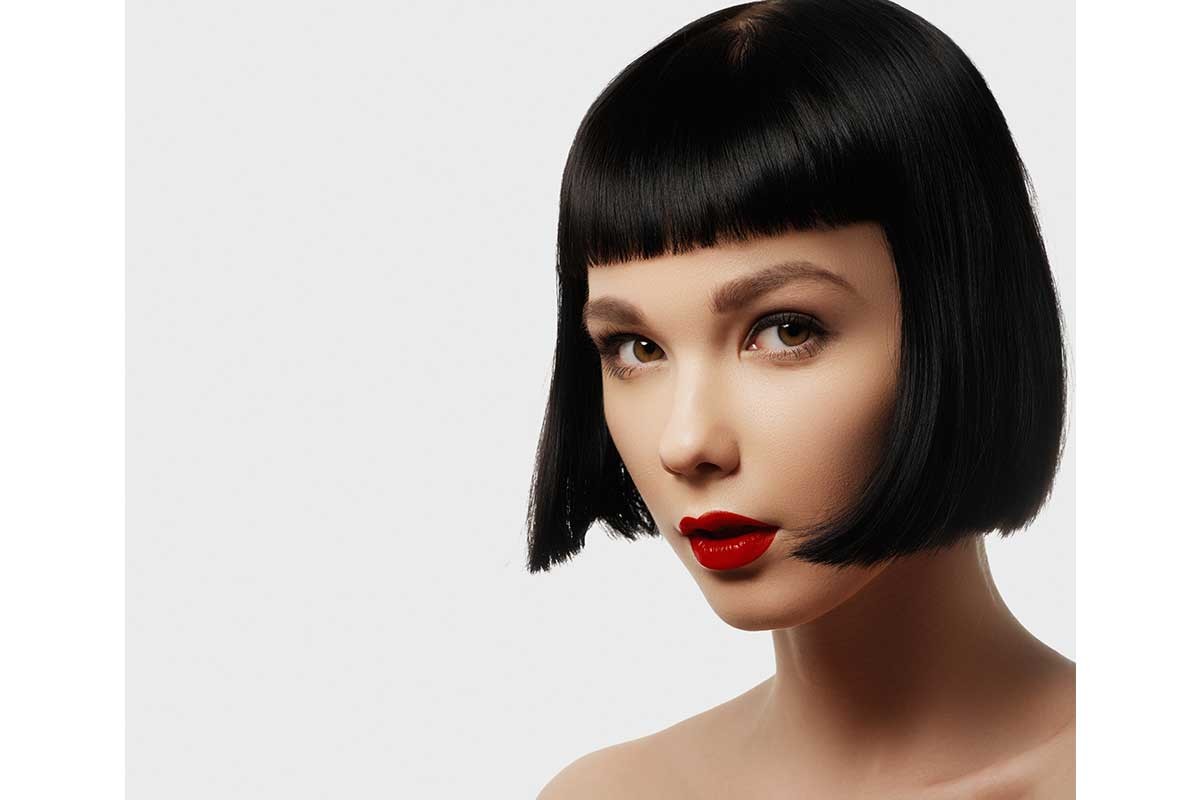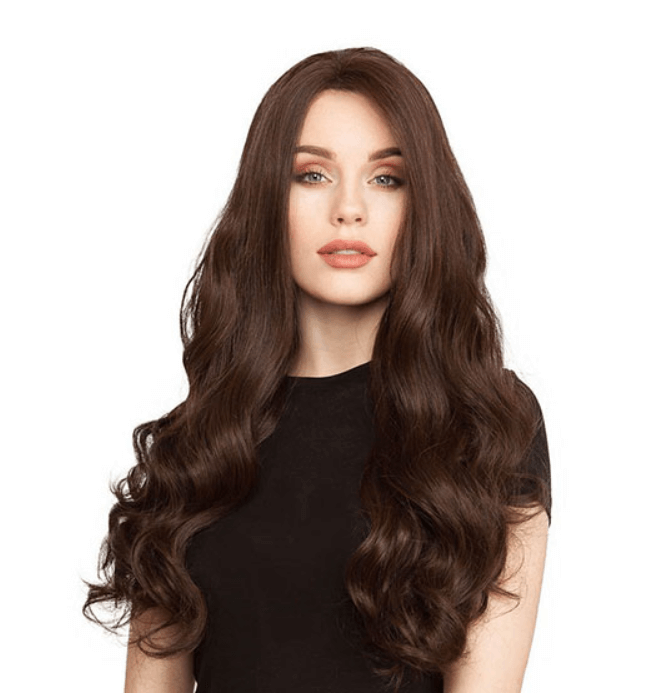Suffering from Alopecia
I have always had thin and breakage-prone hair. I do not suffer from hereditary Alopecia, but I have experienced times of intense hair loss, and some in my family suffer from Traction Alopecia. I’ve got through my times of hair loss and thinning by manipulating my hair-less and wearing wigs. Now, I can wear my hair in a wrap!
What Is Alopecia?
Alopecia affects many people across a variety of demographics. It is a hair disease that can be received through genetics or induced through hair practices. Alopecia is the partial or complete absence of hair from areas of the body where it usually grows.
Alopecia does not just affect one’s hairstyles and preferences, the sudden and often permanent loss of hair can cause severe body image issues, depression and lack of confidence.
Different Types of Alopecia
Alopecia can result in partial or complete baldness, and happen at a sudden rapid rate. Different types of alopecia labeled in categories based on how it is acquired, where and how the hair falls out and the severity of the condition.
Alopecia Areata
Alopecia areata is an autoimmune disease.
It is a type of hair loss that occurs when your immune system mistakenly attacks hair follicles, which is where hair growth begins. This form of Alopecia affects both women and men. Alopecia Areata is an alopecia type that can happen over time with gradual thinning of hair or fall out quickly in large clumps.
Alopecia Areata is incurable but treatable. Most people grow their hair back although some people experience hair loss in other areas of their head later on. Alopecia Totalis is an alopecia type that spreads across the entire scalp. Heredity causes Androgenetic Alopecia.
Alopecia Universalis occurs over the whole body taking out one’s eyelashes, eyebrows, and any natural hair.

Traction Alopecia
Traction is a form of alopecia, or hair loss, caused mainly by pulling force applied to the hair.
It is usually created as a result of the sufferer frequently wearing their hair in a particularly tight ponytail, pigtails, or braids. Traction Alopecia is the only form of Alopecia that is not genetic and happens due to outside factors.
Signs of traction alopecia include bumpy rashes, scalp redness, itching, and scaling. There are early signs of traction alopecia occurring due to irritation of the scalp and damaged or broken hair follicles. In more extreme cases one might have pus-filled blisters on the scalp and inflammation of the scalp.
All forms of Alopecia can cause permanent hair loss. Alopecia, hair breakage and follicle damage are reasons why Private Label Extensions stress the importance of hair health and good weaving practices on the blog.
Tight weaves or improper installations can cause a broader issue that is harder to reverse like Traction Alopecia.
Option for Extensions
Often those with Alopecia wear weaves or wigs to cover balding, thinning or areas of total hair loss. There are so many options for extensions it may be hard to decide where to start!
Extension Types
Virgin Vs. Synthetic Extensions
Remy hair that has not been altered by dyes, perms, bleaches or harsh washes. Virgin Hair can last years and is reusable because it is human hair and is uncontaminated. This type of hair can be straightened, curled, and bleached or dyed to your liking and will retain its softness. Virgin extensions shed a little like natural hair.
However, they have different properties that entice people to purchase them.
Brazillian hair is the most common and the most like natural hair. Malaysian hair is a coarser thicker kind of extension and usually comes in a dark natural brown. Russian and Vietnamese hair is thinner and blends better with silky hair types.
Synthetic wigs are cheaper and found in local beauty stores. While these wigs made of a mix of synthetic fibers and processed hair, it is still a good option for extensions. Synthetic wigs can be lightly styled and interchangeable.
With both wig styles, it is essential to wear a protective cap underneath that can be purchased at the local beauty store. It is a breathable flesh colored cap that will act as a barrier between your hair or scalp and the wig.
Full Lace Wigs
Full lace wigs are made of complete lace and are attached to the head using a band, wig tape or glue adhesive.
These wigs allow the wearer to have versatility and a natural looking nape and edges. Lace wigs are a good style and have a breathable cap to reach the scalp. Frontals and closures can be attached to wigs made with three to four bundles.
Bundles are a cheaper alternative to buying a full lace wig. For instance, if you are commissioning someone to make a unit, three bundles of 14 inches Brazillian Body Wave Hair with a 12 in matching closure is $167. The same 14 inches Brazillian Body Wave Body Bundles with a Brazillian Frontal is $219; this allows the wig to be deconstructed and made into another wig or used later.


